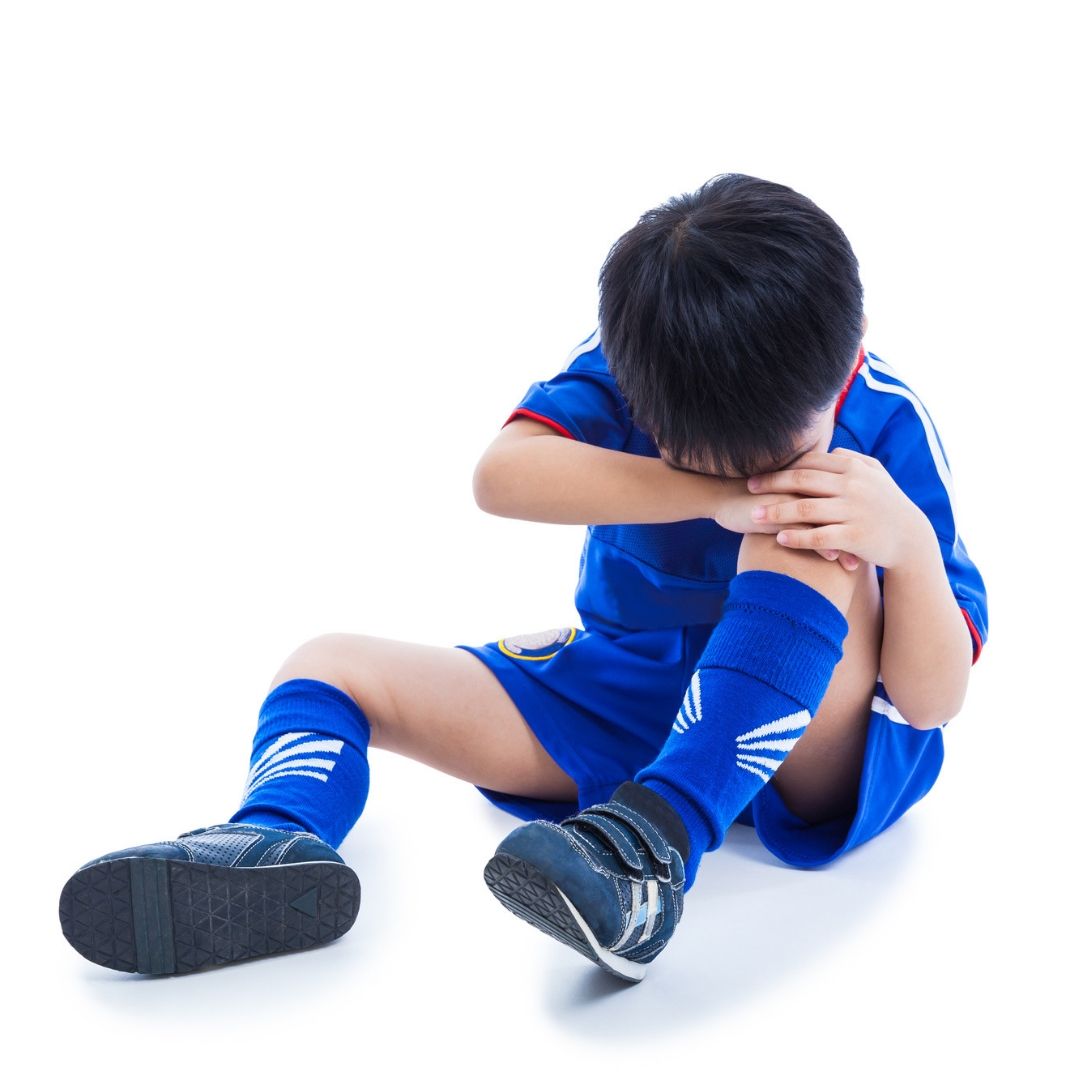Injury blog: Osgood-Schlatter disease

With most of the winter sports coming to a close, we may start to see a few less sports injuries coming through the door. But far out, we have been busy treating all kinds of injuries this season! There are thousands of really active kids in Australia and across the world - and active kids are bound to pick up a few injuries here and there. Being young comes with its advantages, but it al-so comes with its hurdles. Growing being one of them.
Active adolescents are particularly susceptible to developing a knee condition called Osgood-Schlatter disease. This problem usually arises around the time when a child goes through a big growth spurt when rapid changes are occurring in the bones and muscles. Does your child play lots of sport and sometimes has pain around the front of their knee? Are they currently in the mid-dle of a growth spurt? Then read on…
What is Osgood-Schlatter disease?
Osgood-Schlatter disease is a condition which is characterised by inflammation and pain on and around a bony prominence on the lower part of the knee joint. As your quad muscles run down your thigh to your knee, they merge to form the patella tendon which then inserts into the shin bone or tibia. Where the patella tendon inserts into the tibia is called the tibial tuberosity (you should be able to feel the small bump at the top of your shin bone). Inside this part of the bone is a growth plate, a highly active part of the bone where put simply, growth of the bone takes place. Now, because kids these days play a hundred different sports and activities, the quad muscles repeatedly contract, especially during running and jumping (footy and netball are classics for this type of injury). This can lead to the pulling, softening and irritation of the growth plate underneath where the patella tendon inserts. This leads to inflammation and ultimately, pain which is aggra-vated by exercise.
Who does it affect?
Boys are generally more affected than girls, and usually at slightly different ages due to the differ-ences in age when the growth spurt occurs in each gender. Once activity at the growth plate slows and eventually closes, the pain relating to this condition generally goes away. This is usual-ly around the age of 16 in boys and 14 in girls. Depending on how severe the problem is, the end result may be having to live with a slightly enlarged tibial tuberosity.
Can treatment help?
The simple answer is yes! And treatment is pretty simple too. After consulting your physio for diagnosis and advice, the most important aspect of treatment for this condition is activity modifi-cation. If the child can modify the amount of activity they are doing, it can greatly reduce the amount of pull on the bone and therefore less irritation to the growth plate. Because it is a devel-opmental condition, children and parents should be informed from the beginning that symptoms may come and go, but may last right up until the child reaches the age where the growth plate closes. So, play when you feel good, and rest when you are in pain. Your physio will likely re-lease excess tension in the quads and provide you with some light stretching to perform at home. Some people also respond well to strengthening and this is usually implemented when pain al-lows.
Icing when pain is high may help to reduce pain and control inflammation and swelling. There are also some handy patella tendon de-loading taping techniques which your physio may well make use of to control pain and keep your child playing longer.
We hope you found this an interesting and educational read. If you are young and reading this, or if you have a child with knee pain that is aggravated by exercise, please call and book an appointment so we can have a look and get you managing this problem from the get-go! Osgood Schlatter may feel like NotSoGood Schlatter disease (now that’s a dad joke!), but with our help, your child will be feeling good in no time!
References
1. Brukner, P. et al. 2017. Clinical Sports Medicine. 5th ed. Australia: McGraw-Hill Education
2. American Academy of Orthopedic Surgeons. 2019. Osgood-Schlatter disease (Knee pain). [Online]. Available from: https://orthoinfo.aaos.org/en/diseases--conditions/osgood-schlatter-disease-knee-pain/. [Accessed 05 Sept 2019].
Uploaded : 25 September 2019




